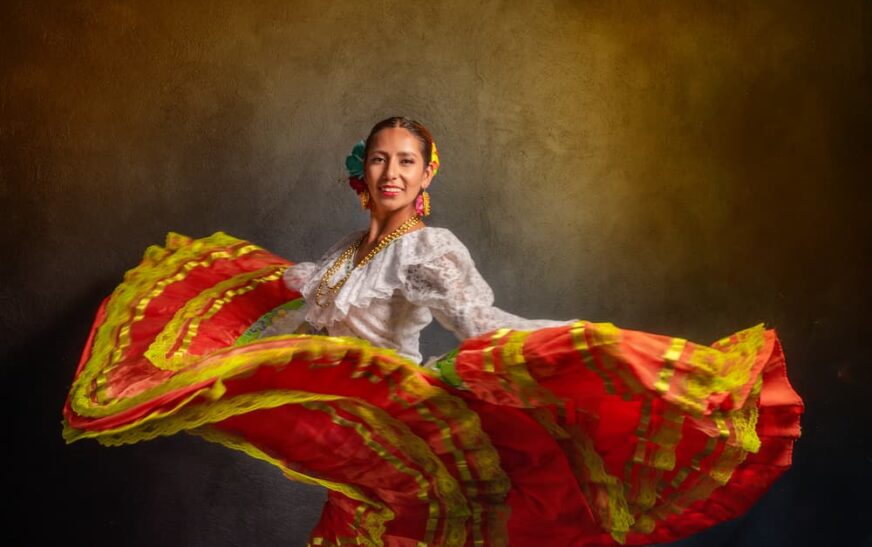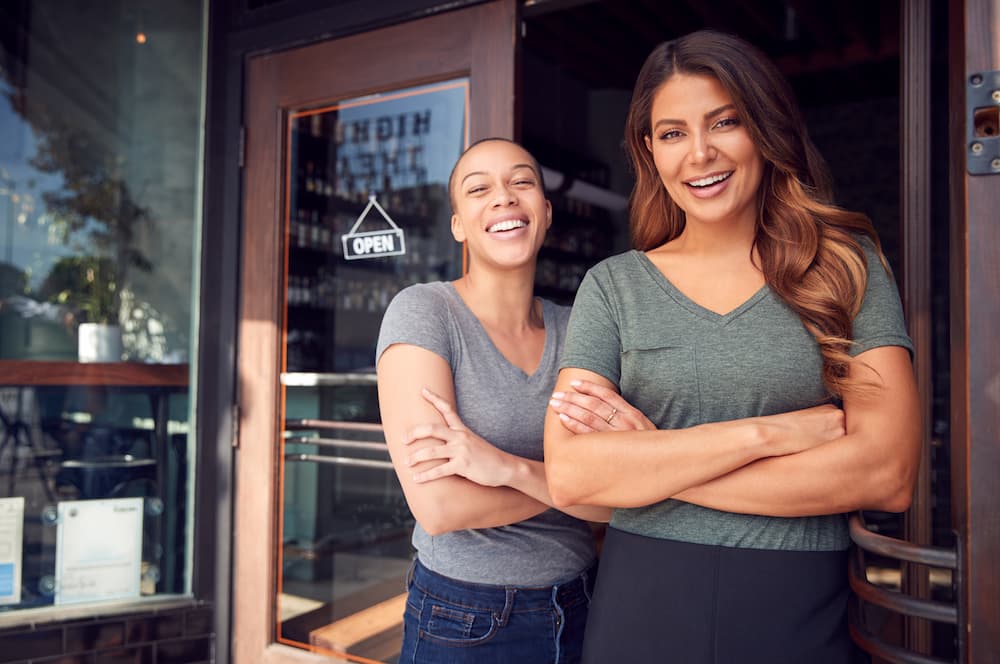I have walked through fashion showrooms where our culture was treated as raw material—beautiful, but anonymous. A textile pattern lifted from Oaxaca. A silhouette “inspired” by Bogotá. A color palette said to be drawn from the Caribbean sun. And yet, no acknowledgment of the people, no credit to the makers, no recognition that these designs came from communities who carried them long before they appeared on mood boards. For too long, Latinas have been referenced but rarely named.
That is changing. The world of fashion, for all its gatekeeping, is finally beginning to recognize that our culture is not a trend but a force. The question is no longer whether Latina designers will break into the global scene—it is how soon we will stand as leaders, not muses. And I believe with absolute conviction: the next global fashion icon will be Latina.

But talent alone does not carry a brand across borders. Creativity is essential, yes, but creativity without discipline remains fragile. In my own journey as a designer at MŌS, I have learned that inspiration can give birth to a collection, but operations determine whether that collection ever leaves the studio. Sourcing fabric is not just an aesthetic choice, it is a negotiation that protects both artisans and margins. Minimum order quantities can suffocate cash flow if agreed to carelessly. Quality control can make or break your reputation: a jacket sold in Paris must feel as impeccable as the one sold in Mexico City. These are not glamorous details, but they are the scaffolding that supports cultural expression on a global stage.
The same pragmatism applies to how we reach customers. Direct-to-consumer has given many of us control of our narrative. It allows us to speak directly to the women who wear our work, to tell them the story of each seam, each fabric, each tradition. But direct sales come with real risks: rising acquisition costs, unsold inventory, and relentless pressure to discount. Wholesale, on the other hand, offers reach and scale, but it comes with the demand to deliver consistently and to negotiate powerfully so that our margins are not eaten alive by returns or unreasonable terms. The truth is that neither path is perfect on its own. The future belongs to those who balance both, weaving together direct storytelling with selective partnerships that elevate rather than dilute.
And then comes the defense of our work. Fashion moves quickly, and fast-fashion giants move quicker. A design released today can be knocked off and mass-produced in weeks. Without legal protection, without trademarks, without clear ownership of imagery and branding, Latina designers risk becoming the unpaid research department of multinational retailers. Documentation is not bureaucracy—it is armor. Every lookbook, every archive, every trademark filing is a declaration that our work belongs to us and will not be erased.

When we think of going global, it is easy to imagine it as simply shipping internationally. But true expansion requires entering entire ecosystems. It means standing in the trade show halls of Milan or Las Vegas with samples and order forms in hand. It means negotiating with distributors in Paris or Tokyo who can place your brand in front of buyers who decide what hangs in the boutiques of the world. It means learning the unromantic language of tariffs, currency fluctuations, and logistics. These are the realities that separate local labels from international brands. And Latinas must learn them—not as an afterthought, but as part of our power.
What makes me hopeful is that we are uniquely positioned to lead in this era. Global consumers are demanding authenticity. They are tired of borrowed traditions packaged as novelty. They want origin. They want truth. They want to know not just what they are wearing, but who created it and why. And no one can tell that story with more credibility than we can. For us, design is not appropriation, it is inheritance. It is not exploitation, it is continuity. When we bring our culture to the runway, we are not borrowing—we are honoring, elevating, reinterpreting, and expanding. That integrity is the new luxury.
Add to this the fact that Latinas are already the fastest-growing entrepreneurial group in the United States. We are not waiting for capital to bless us; we are creating with what we have, often with less, and building businesses that sustain not only ourselves but our families and communities. When a Latina brand succeeds, the benefits ripple outward. We employ artisans. We mentor younger designers. We create opportunities for photographers, models, stylists, and storytellers in our own communities. Our success is never individual. It is always collective.

And so I write this not only as a designer but as a believer in what we are building together. To the young Latina dreaming of her own fashion house: the path is difficult, but it is yours. Do not stop at sketches. Learn the numbers, learn the contracts, learn the systems that the industry uses to exclude us. Protect your work, tell your story with precision, and do not dilute your authenticity to please a market that is already craving what you uniquely carry.
I design at MŌS because I believe luxury can carry memory without being trapped in nostalgia, and because I believe heritage and modernity are not opposites but collaborators. The next fashion icon will not erase her roots to go global—she will wear them like armor. She will not wait for Milan or Paris to hand her legitimacy—she will define legitimacy herself. And when she steps onto the stage, the industry will have no choice but to admit what should have been obvious all along: Latinas are not just part of fashion’s story. We are leading it.
The next global fashion icon is not hypothetical. She already exists. She is you. She is me. She is every Latina who refuses to let her culture be borrowed without credit, every founder who turns family heritage into global innovation, every creative who dares to believe that her story is big enough for the world. And believe me—it is.











